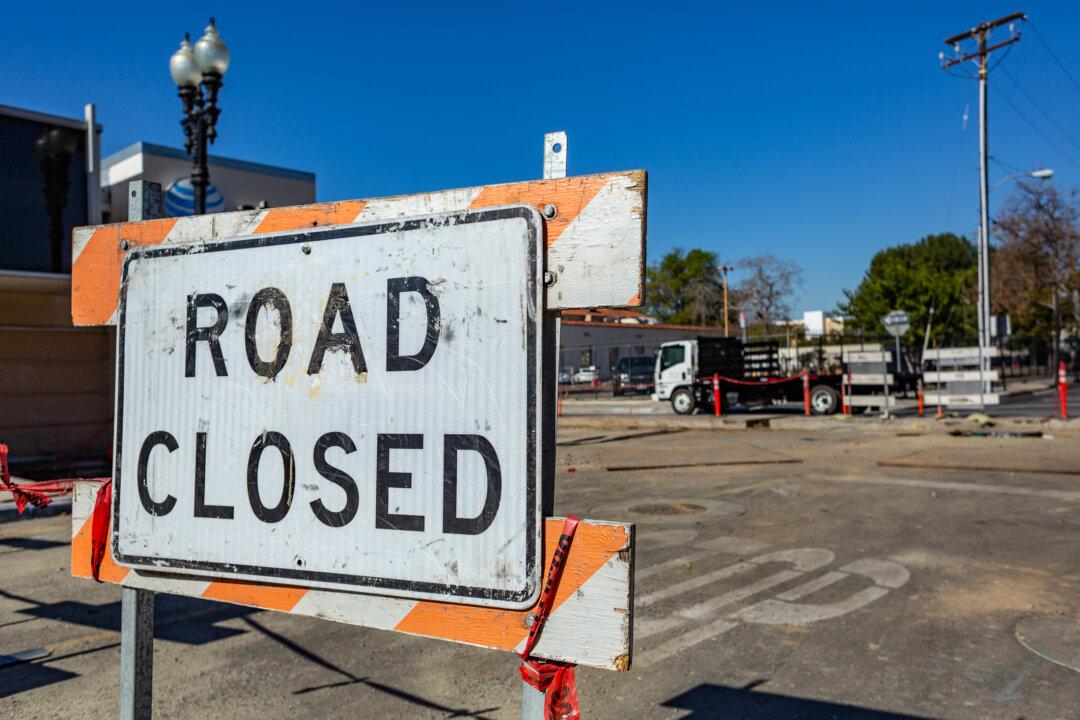Commentary
Why are so many still fascinated with implementing 19th century rail technology in the 21st century’s public transportation strategies? Using a streetcar for transit? Who is kidding who?

Why are so many still fascinated with implementing 19th century rail technology in the 21st century’s public transportation strategies? Using a streetcar for transit? Who is kidding who?